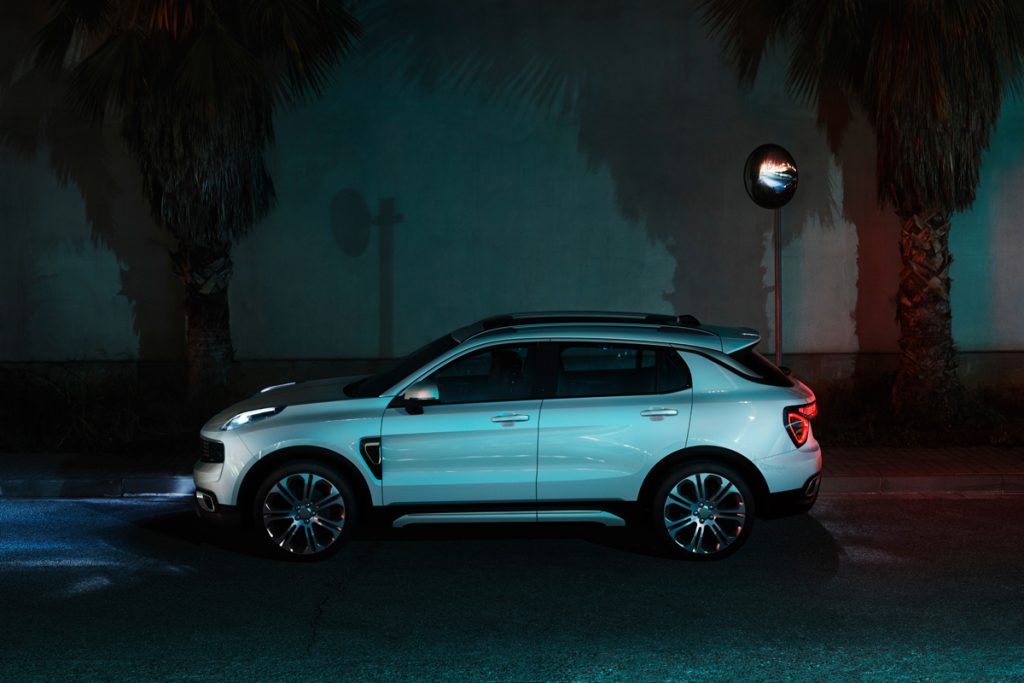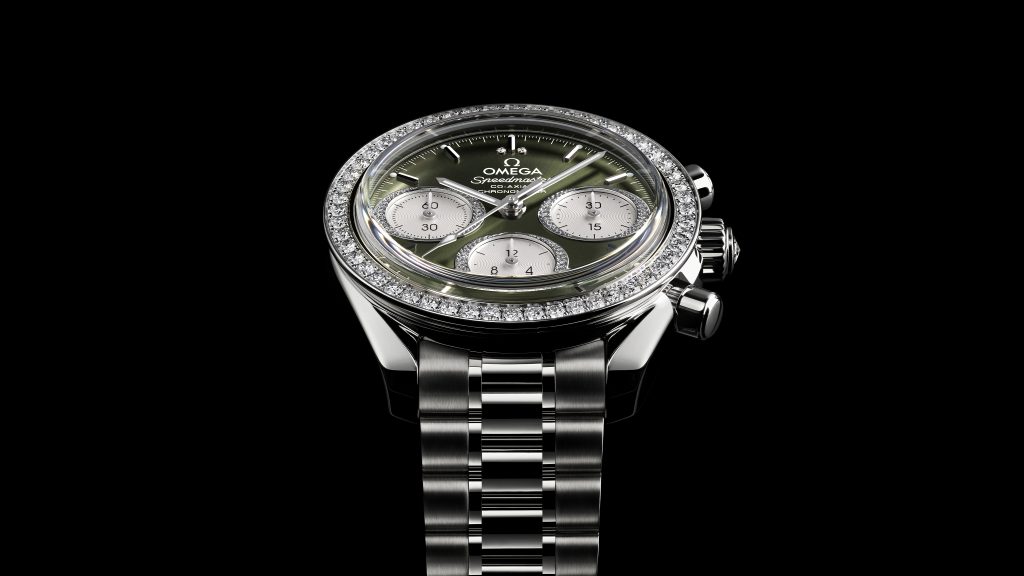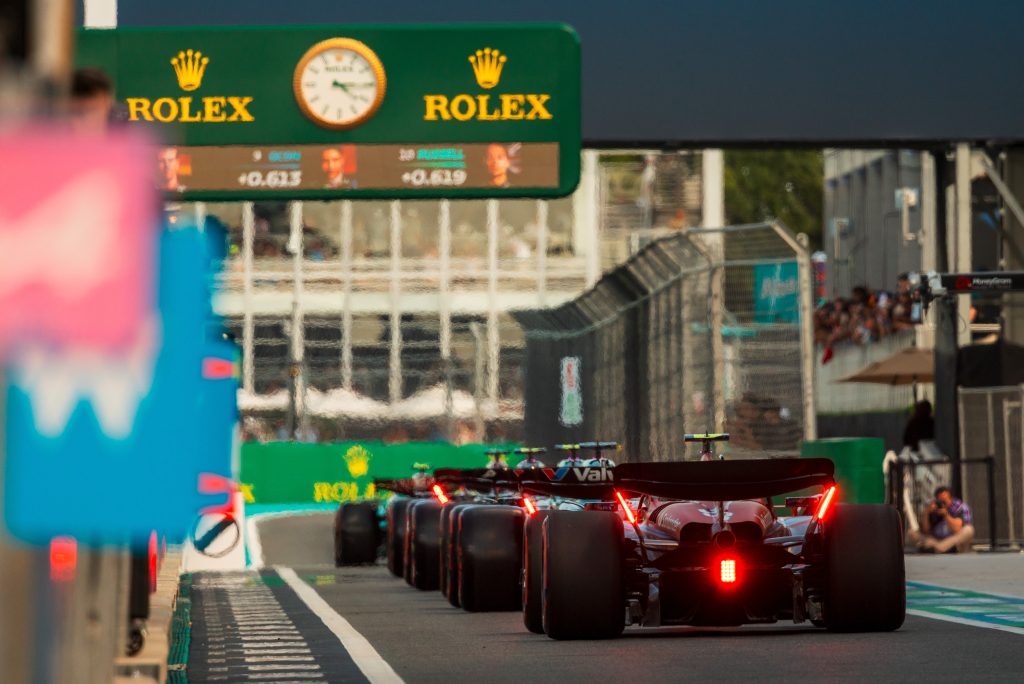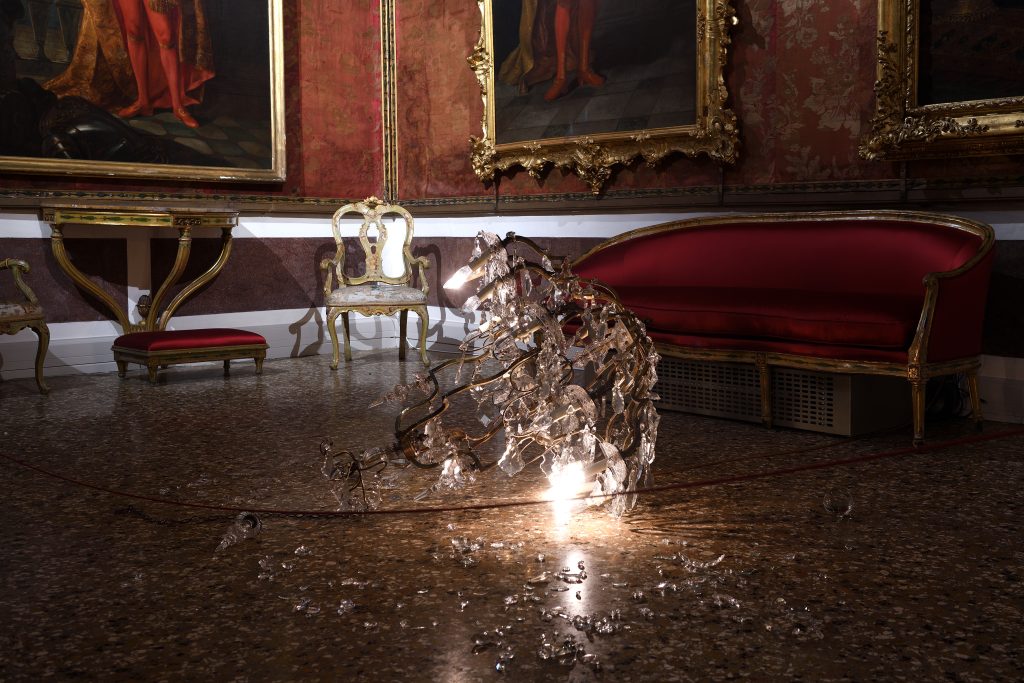Shanghai Auto Show 2019: Translating Infiniti’s Japanese DNA into Electric Vehicles
We speak with their design team about the new sports sedan concept, the Qs Inspiration
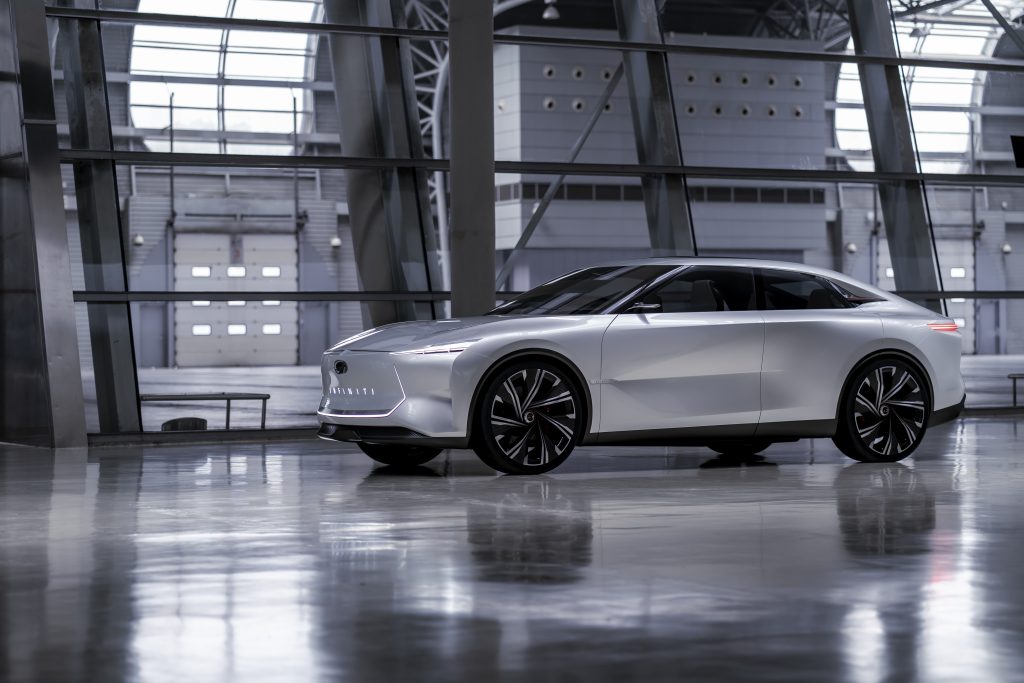
At the 2019 Shanghai Auto Show dozens of Chinese car brands, many of which aren’t well known outside the country, are showcased alongside better known global brands. Scattered between are reticent models, cleaners armed with synthetic dusters, visitors with selfie sticks and cameras on cranes—all in boiling temperatures underneath thousands of daylight-level lighting fixtures at the second largest exhibition hall in the world. “Overwhelming” doesn’t entirely capture the experience.

Amid the raucous hordes of mostly Chinese car enthusiasts, Infiniti’s all-white exhibition booth stands out by offering some serenity. The booth—designed by Japanese starchitect Kengo Kuma—is minimal, with the exception of a transparent fabric that hangs from the ceiling in repeating folded patterns. Intended as “layered origami clouds” and inspired by how folding strengthens paper, the high-tech material (a triaxial woven fabric) transforms when hit by lights at different angles.

Shanghai seems like the right time and place for the brand (which will celebrate its 30th anniversary later this year) to reveal their Qs Inspiration concept car (and there was a choice in timing, as it overlapped with the New York Auto Show). China became the world’s largest auto market almost 10 years ago and the demand for new-energy vehicles continues to grow as traditional sales decline. Opportunities are changing because of electrification and, at the auto show, there’s a sense of an upcoming reshuffling among brand relevance. Infiniti has pledged to electrify their entire fleet from 2021 and confirmed their first new-generation electrified models will be built in China for the Chinese market.
Furthermore, Infiniti just moved one of their four global design centers from Beijing to Shanghai. “Shanghai is becoming quite energetic. It’s not so much that Beijing was not, it’s just—Beijing represents an older China,” Alfonso Albaisa, Senior Vice President for Global Design of Infiniti, tells CH. “But connectivity especially, and the way people communicate, and how these types of online things are happening—Shanghai has just exploded.”

Infiniti’s first electric vehicle model will be based on this Qs Inspiration sports sedan, making it less concept and more production friendly. “It serves as a beacon for the rest of what we’re going to do. And it really is. I mean, we are literally trying to produce these designs,” Karim Habib, Executive Design Director for Infiniti, tells CH. Infiniti’s literal inspiration, however, extends beyond the most recent customer feedback, with the design team regularly bringing up the brand’s Japanese DNA. At the Qs Inspiration’s debut, Habib cited “ma,” formless beauty or the mastery of the empty space, as a driving force.
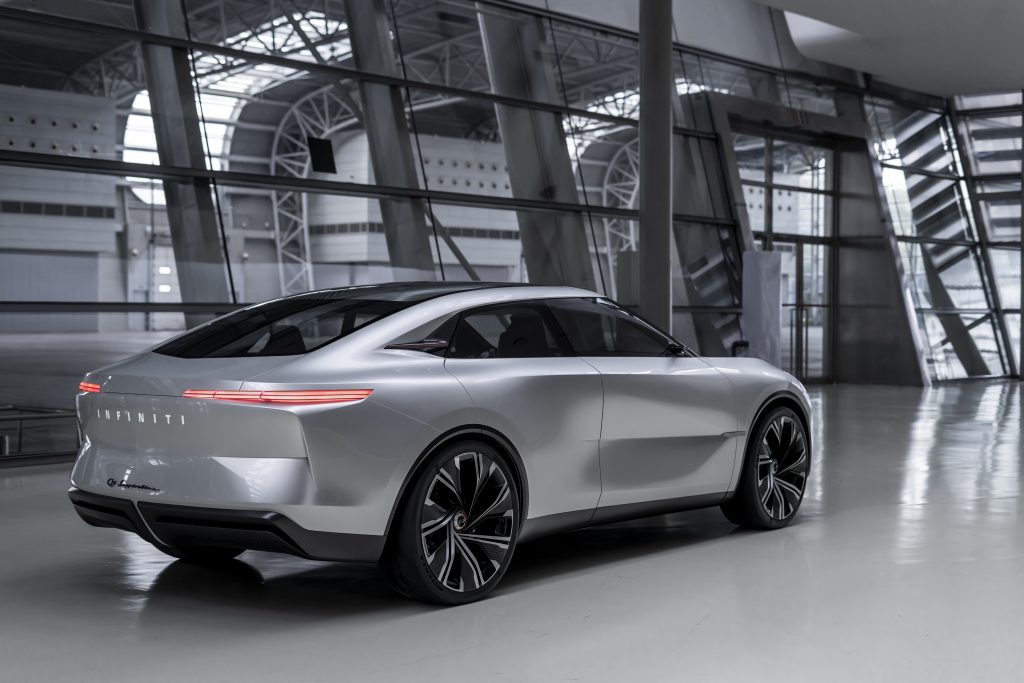
Albaisa further expounds on a sense of complete minimalism often found in Japanese architecture, especially the gardens: “You just put one thing or another thing, and the power of those two things can dominate the entire empty space and it feels complete. So that’s what you’re seeing,” he gestured to the concept car. “That helps ‘ma,’ by the way, when you don’t have the handles. This part is a bit more ‘omotenashi,’ the welcoming of the car itself—it acknowledges that you’re coming. No obstacles, borderless.”

Inside the electrified all-wheel drive concept car is a more lounge-like experience, further supporting the Japanese ideal of hospitality. Spacious interiors like these are going to be much more common in electric vehicles, thanks to their small engines and resulting smaller hoods, and Infiniti has emphasized the communal atmosphere by having the seats swivel toward each other.
“‘Utsuroi’ means change of seasons in Japanese. But for a designer, it means transition—and how we celebrate transitions,” muses Albaisa. “In this car, it goes from some very round shapes to very structured shapes. And the result, the connection of those two things, creates visual movement. You’re not recognizing it as movement, but when the car is moving itself, you will see a reflection. You see how the reflections of the environment are not logical, because the shapes themselves are undulating and transitioning.”

Amid their efforts to recreate the brand during the electric vehicle revolution, Habib, who relocated to Japan two years ago after working in Germany for almost 20 years, underscored his commitment to authenticity, learned from the “Japanese way.” Of this, Habib says “That means, at least for me, is not recreating the brand for the sake of recreating it. We’re doing it because we believe there is a new era for automobiles—in the sense of, and the meaning of, what they are and what they stand for is changing. And the technology that’s coming—it’s authentic. There’s something new, technologically, then you try to present it differently. At least, that’s the way I think ‘authentic’ industrial design would be.”


